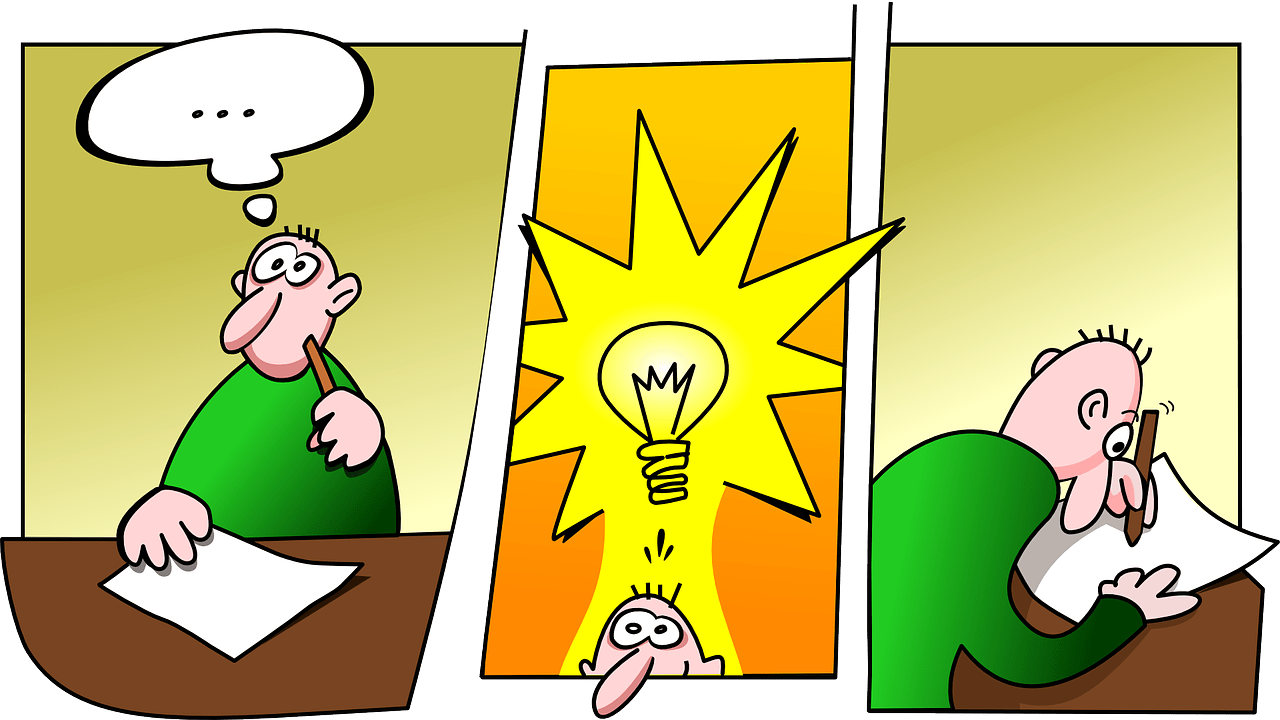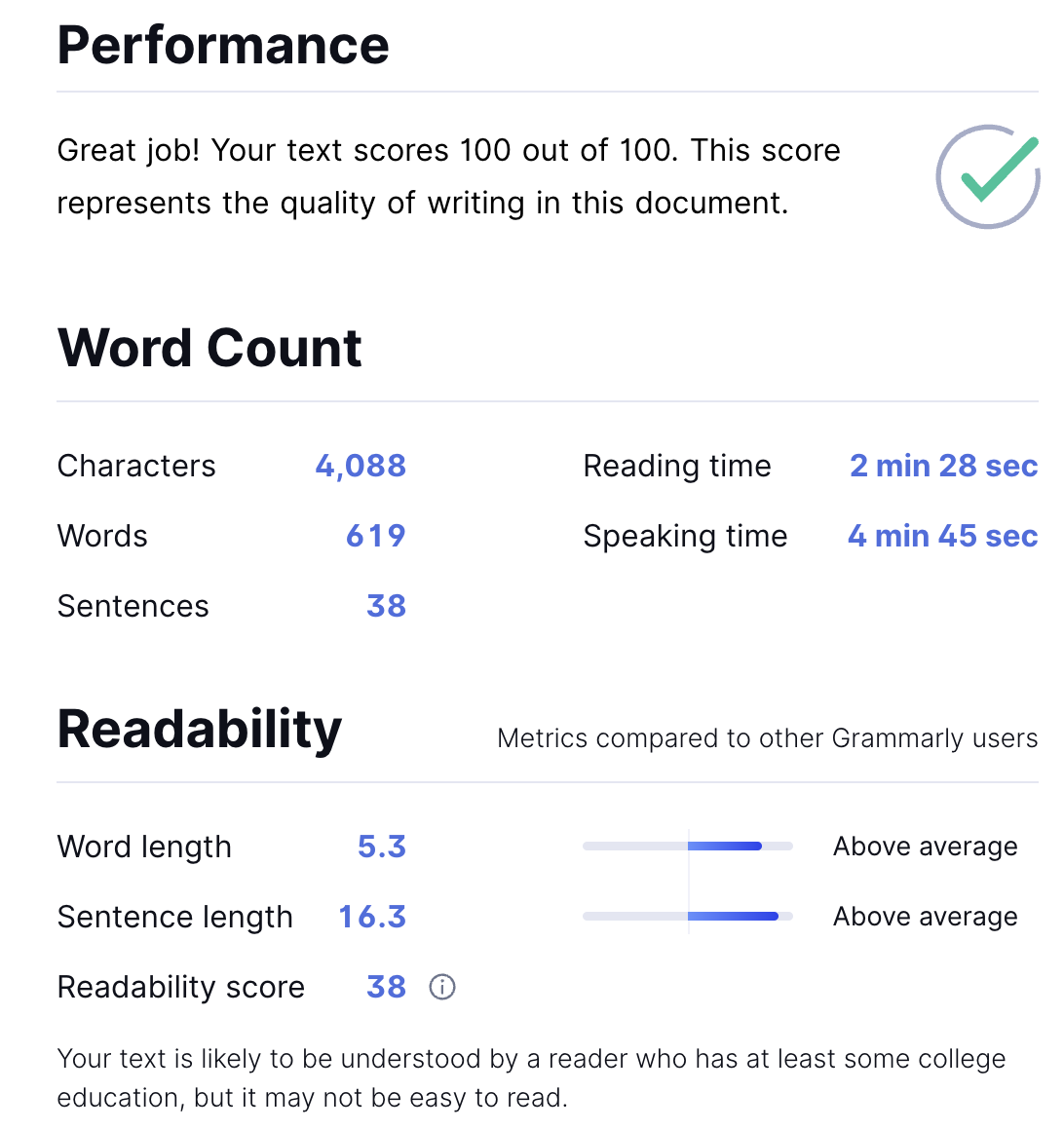Almost every successful writer uses some variation of the four-step writing process: prewriting, drafting, revising, and editing. Prewriting is all about getting your ideas down on paper (or digitally). It’s about brainstorming, free writing, and anything else that gets the words flowing. Drafting is when you start to shape your prewriting into something more coherent. You start to put your thoughts into a logical order and add transitional phrases.

We’ve come across some great advice on the four-step writing process that we want to share.
It’s important to know how to properly execute the four-step writing process, regardless of whether you’re writing a blog post, a book, or an article.
Simply sitting down and writing without a plan won’t necessarily produce the best results. This post contains all the information you need to know in order to achieve success with your writing.

The Initial Step in Writing: “Brainstorming”
“Brainstorming,” which is useful in generating content ideas. However, it is crucial to know when to stop brainstorming and start writing.
The more you write, the easier it becomes to develop ideas. This post aims to teach you how to write better and faster.
We will provide some helpful content ideas that will immediately come to mind during the writing process.
We will also discuss when to stop and when to keep writing for those who write externally.
Additionally, we will provide tips such as looking for brainstorming ideas from various online sources when writing a client’s presentation on a specific topic.
It’s essential to care about this because the content is still king when it comes to getting your content seen, shared, and linked to. While excellent content attracts links, it’s only half the battle.
By writing this post, you’ll be the one sharing it, not your client. Who cares if your client sees an article if you’re the one who wrote it?

The second step in writing is outlining, where you decide on the message you want to convey.
This can be the most challenging part as it requires careful consideration of your writing and how you wish to express your ideas. Skipping this step can result in incomplete work.
It is essential to ensure that your writing is well-structured, organized, and informative in order to increase its effectiveness and decrease the need for extensive editing. Let’s take a look at an example of this process in action.
Imagine it’s nighttime, and your girlfriend is fussing over you while you lay in bed after a long day at work. You realize that you need to put away your phone and laptop in order to relax and get some rest.

When writing a blog post, it’s recommended that you complete the first draft in one sitting. This helps to get your ideas out of your head and onto paper, making it easier to edit later on.
To get started, use a notecard or regular notebook and choose a key idea from your post to write a rough draft.
Completing your first draft all at once saves time, eliminates distractions, and is a logical approach.
When it comes to writing, there are three crucial steps: brainstorming, writing, and editing.
Brainstorming includes everything that comes after the words “I want to write,” such as “Try this,” “Skip this,” or “Sounds interesting.”
Writing involves putting your thoughts into actual words and structuring your paragraphs.

The third, editing,
Editing is the stage, and it involves reviewing your work to guarantee that it is complete, consistent, and error-free. The World’s Best Automated Proofreader
I have some important information to share with you:
Did you know that Google Trends can show you the search trend for any specific search term?
Recently, we found a significant trend off the coast of Australia for “how to win your first Grammy”!
Additionally, multiple sources report that this weekend’s World Cup games are expected to have a high number of viewers.
The fourth and final stage of the writing process is editing, which is crucial.
So there are four stages of writing:
1) writing,
2) self-editing,
3) editing, and
4) proofreading.
When writing an article, we go through all the stages of editing a story.
The first draft of any writing is a blank slate, which serves as a starting point. To perfect your writing, it is essential to exercise before writing.
To improve your writing skills, try doing some mental exercises by sending out emails with random or stuck ideas. It’s also helpful to write activities on sticky notes that you can keep on your computer. Semper Plugins LLC
Conclusion,
We would love to know what you think. We’ve made leaving a comment or question easy! Just go below.
Some of the links in this article are affiliate links. If you were to buy something after clicking on one of these links, I would get a small commission.
Thanks for being part of the community!
Kevin

